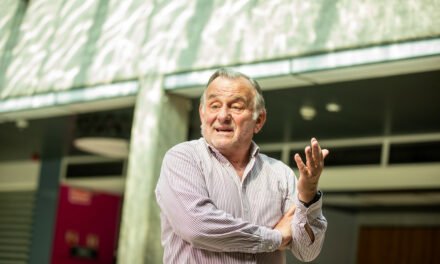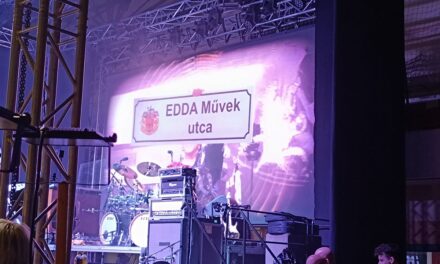"A nation that does not know its past does not understand its present, and cannot create its future!"
Europe needs Hungary... which has never let itself be defeated.
The first four centuries of Hungarian history after the recapture (895-1301) were ruled by the Árpád house. They were followed by the era of the so-called mixed house kings. The era between (1308-1526) spanned more than two centuries and during this period seven kings and one governor led the country until the great collapse. In the meantime, however, seven years have passed, which, considering the princes applying for the Hungarian throne, can also be considered an international throne feud.
As a sort of repetition, taking advantage of the renovation of historical monuments in recent years - which can be called wonderful on a basic level - let's get to know, among other things, the beauties of the renovated Szent István hall in Buda Castle.
The last Árpád III king. András - whose origin from the Árpád family is being doubted by more and more people - appears on the wall of the hall in fancy clothes with the Holy Crown on his head.
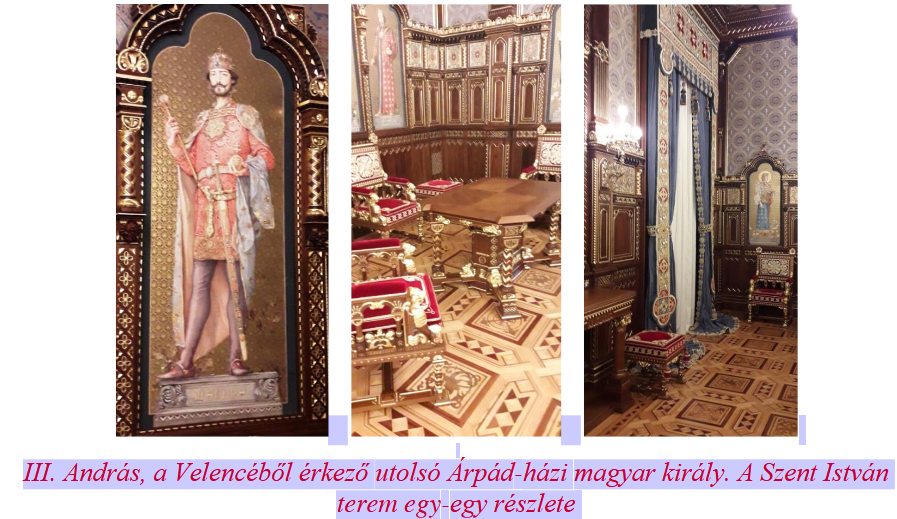
In the center, of course, our king, Szent István, who gave the hall its name and founded the Christian Kingdom of Hungary, can be seen. The idea born in 1867 to expand the Budavári Palace and redecorate its interiors was followed by actions almost immediately. An exact copy of the room was presented at the World Exhibition in Paris in 1900 - with great success - as it won the grand prize of the World Exhibition. The hall in Budavári Palace was opened to the public in 1902.
In 1945, the "allied" German and enemy Soviet troops combined forces to destroy this miracle as well as many other Hungarian buildings and treasures.
Finally, among the other buildings of the Buda Castle - never seen by the vast majority of the generations living today - the Szent István room was also reopened. The handover took place on August 20, 2021, St. Stephen's Day. (In the more than three decades that have passed since the regime change, we have witnessed numerous works exploring old and new historical and national values. However, one phenomenon can be observed in each case and can be justified by a series of examples. When a power representing national values controls the destiny of the country, then the thousand and one hundred year old the values of our past come to light. When the government representing international interests is in charge, these national values disappear from our eyes. Béla Kun and his regime covered the Heroes' Square and their companions with red rags. In the days of Rákosi and Kádár, they "just" left the castles to ruin , castles, buildings of great value, including Buda Castle.)
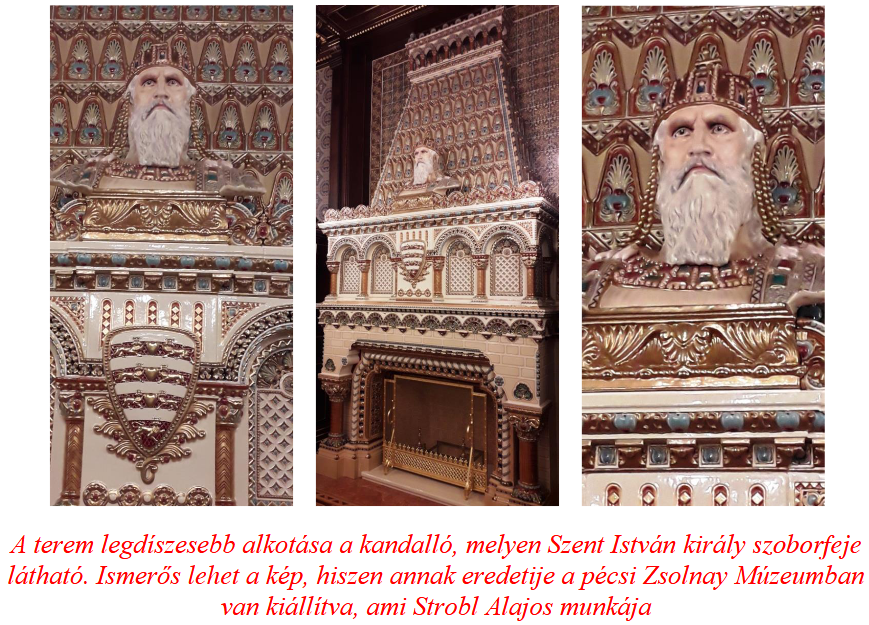
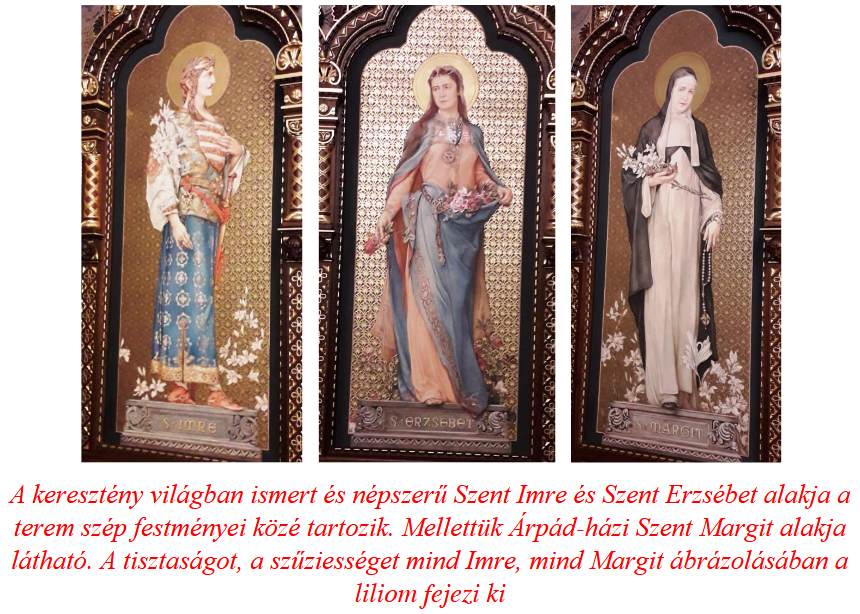
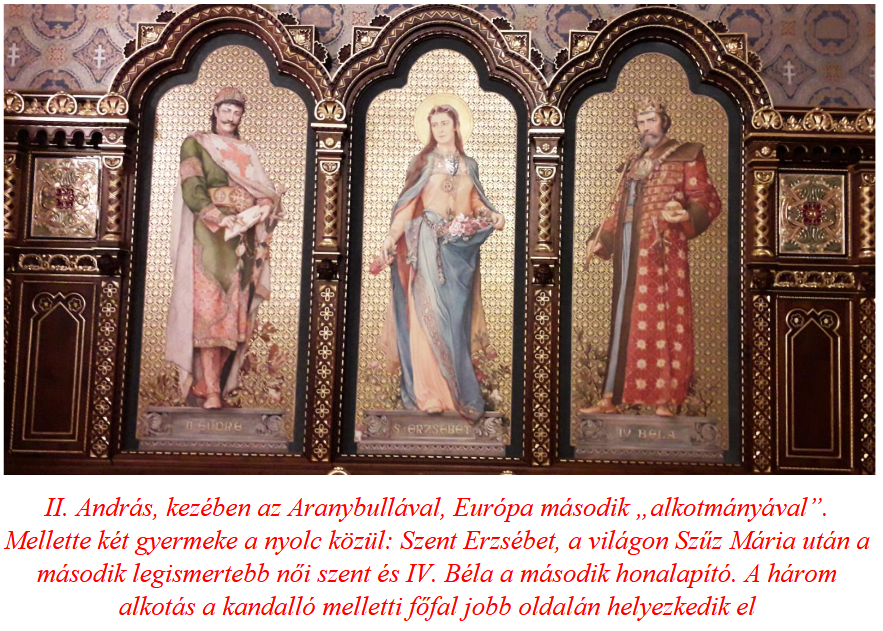

A significant part of the Hungarian people in the 19th and 21st centuries.
Even in the 19th century, he still clings to his ancestors - whom he believes to be found primarily in the Árpáds - and considers them as role models, they represent his roots. What followed after them, the eight centuries or so, is a natural part of our history, which we are also proud of, but there were more "swings" in it than there were in the Árpád era. These "swings" will be discussed in more detail in the following chapters
The relationship between Hungarians and Czechs between Wenceslas and III. At the time of András, they can be said to be friends. Wenceslas and III. The engagement between András's daughter, Erzsébet, also expressed this good relationship. III. However, after András's death, the Central European balance that had prevailed until now, albeit fragile, was upset. Caroberto (Róbert Károly) from the Neapolitan Anjou family enjoyed the most significant foreign support, including that of the Pope.
An age of strife for thrones
After the extinction of the Árpád house, the Czech Wenceslas was the first to lay claim to the Hungarian throne. Both parents of the Hungarian king Wenceslas (1301-1305) - his father and mother - were related to the Árpád house on the female side. The Czech Wenceslas' claim to the throne was therefore legitimate. Wenceslas' father came from the Czech House of Premysl, his mother from the House of Habsburg. Wenceslaus Habsburg was the son of Queen Juta, who was crowned on August 27, 1301 in accordance with Hungarian custom. The Holy Crown and the vast majority of Hungarian lords were present. But it was not the Archbishop of Esztergom (Gergely Bicskey), but Archbishop János Kalocsa of Fehérvár, who placed the crown on Wenceslas' head. The ceremony was perfect, but given that the coronation was not performed by the archbishop of Esztergom, it was considered legally invalid.
Similarly, the coronation of Caroberto, whose head was placed on his head by the archbishop of Esztergom himself in May 1301, was also invalid. However, the Holy Crown and most of the Hungarian lords were missing. (While many people supported the Duke of Naples from abroad, the vast majority of the Hungarian nobles sided with Wenceslas.)
Two rulers - Wenceslas and Caroberto - exercised power at the head of the Kingdom of Hungary from 1301, but neither of them had unlimited influence in the country. The Hungarian petty kings (provincial lords) made sufficient use of the contradictions and tension in order to increase their own power.

Over time, however, Vencel's international position also strengthened, although only temporarily.
The young man was unable to process the increasing pressure. Even though his father, II. In 1304, the Czech king Wenceslas came to Hungary with a large army to support his son. Otto of Bajor, who later became king of Hungary, also marched in this army. However, II died in the summer of 1305. King Wenceslas, so his son was left without serious support. It is true that on August 18, 1305, the Germans made peace with the Czechs, but this peace already reflected German interests. Among other things, Wenceslas had to abdicate the Hungarian throne, and coronation badges had to be handed over to the Germans. However, Habsburg Albert, who dictated the points of peace, did not ask for the crown for himself, but intended it for Caroberto, whose maternal uncle he was. Wenceslas abdicated the Hungarian throne in October 1305, but he did not hand the Holy Crown to the Habsburgs, but to Otto of Bavaria.
From 1305 to Wenceslas I's death at the age of seventeen, to 1306 III. Czech king named Wenceslas, and II. He was also a Polish king under the name Wenceslas.
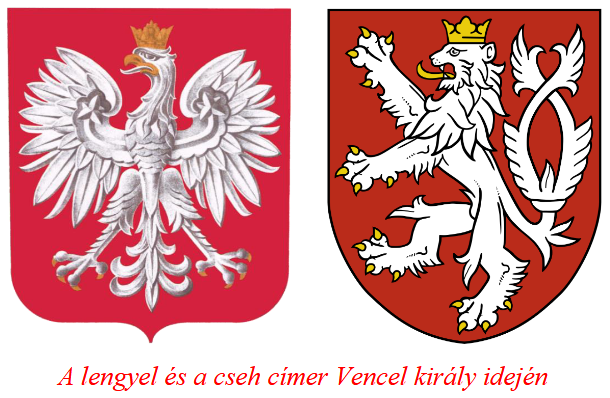
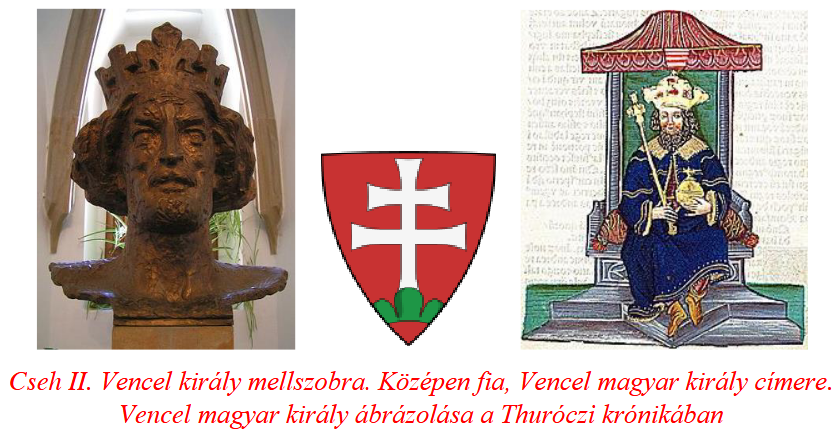
Former supporters of Wenceslas, primarily the Hungarian high priests, defected to Caroberto. Maybe because the Pope also supported him, maybe in the hope of new and bigger property donations, maybe because of the change in the international balance of power. The Habsburgs saw the dominance of their dynasty as threatened, so they opposed the last surviving member of the Premysl dynasty. Only 16-year-old Vencel's nerves were frayed by the constant power struggle. In the last months of his life, Wenceslas - as if he sensed his doom - led a wasteful, debauched lifestyle. He distributed countless royal estates and titles, not caring about the country, not caring about the future of the dynasty. He left his betrothed, the last Árpád family descendant, Erzsébet. The Czech nobles eventually persuaded the young man to marry, who ended up marrying Princess Viola Piast. A child not born out of wedlock.
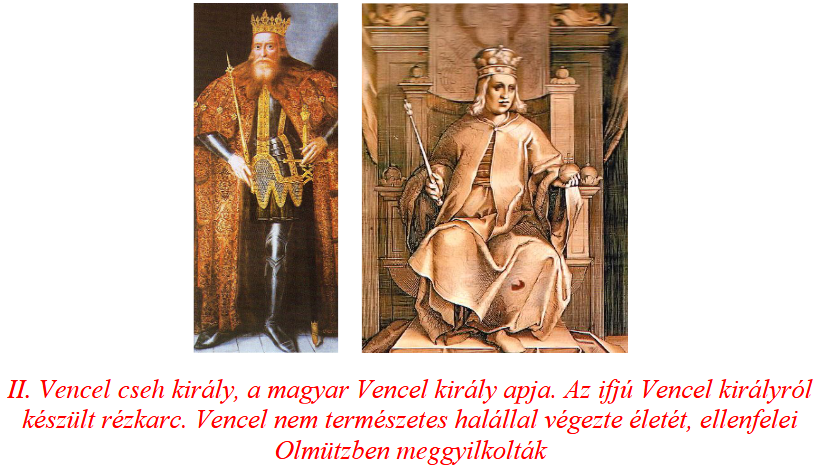
III. King Wenceslaus of Bohemia was assassinated on August 4, 1306 (humiliatingly on the shadow chair). Thus, the Czech royal line died out with the last male member of the Premysl dynasty, which had existed for four centuries.
Otto Bajor, surnamed Otto Wittelsbach, ascended the Hungarian throne in 1305.
Duke of Lower Bavaria IV. He was the son of Béla's daughter, Erzsébet. He officially held the Hungarian royal title until his death at the age of 51 in 1312. However, it was practically deprived of it already in 1307. In the spring of 1307, Otto traveled to Transylvania with the determination to get the Saxons on his side and to win the support of the lord of Transylvania, László Kán.
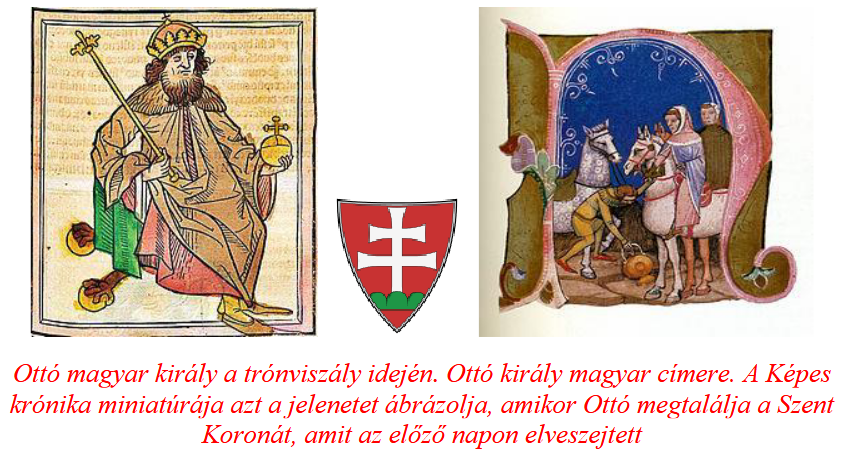
Ottó's arrival is linked to a partially interesting, partially tragic event. Even Otto the Bavarian knew that the Holy Crown was the most important guarantee for someone to become a Hungarian king. That is why he had a wine jug made for the crown he received, in which he hid the crown and the coronation insignia. The procession led by Ottó was moving towards its goal under the cover of night, while the saddle strap attached to the saddle came loose and fell into the dust of the road. The loss of the irreplaceable relic only came to light the next day, which caused great alarm in the company moving towards Transylvania. They galloped back on the road while the horse was dead, and they were very lucky to find the wine cask with the crown and coronation insignia intact.
However, Otto was not lucky in the end, because the Transylvanian voivode László Kán received him and also took the crown and the coronation insignia from him. After a few months of captivity, Otto had to return to Bavaria. This practically ended his Hungarian kingdom, but, as already mentioned, he formally held it until his death in 1312.
After the death of Wenceslas and the departure of Otto, only Caroberto remained on the stage of the fight for the Hungarian throne. On October 10, 1308, Károly and his followers convened a parliament at Rákos field, where Carobert was elected king for the second time.

Róbert Károly was crowned three times until the election of a king according to Hungarian custom was finally accepted as regular. He was crowned for the first time in May 1301 in Esztergom, as mentioned earlier. There are several dates for his second coronation. First, the inauguration of the already mentioned Parliament on October 10, 1308, and in Buda on June 15, 1309. In fact, the third coronation ceremony, held in Székesfehérvár on August 27, 1310, corresponded in every detail to the Hungarian custom of choosing a king.
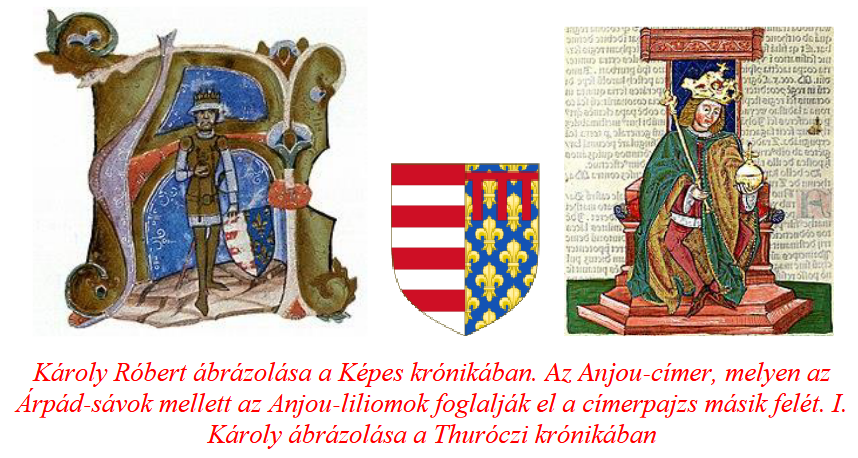
At the beginning of the 14th century, after the extinction of the Árpád house, some of the lords of the provinces acquired huge land holdings that already rivaled the size of the king's holdings. Three provincial lords in particular were able to defy the king. The first among them was Máté Csák a Felvidék. He was followed by László Kán, who ruled Transylvania, and Henrik Kőszegi, who exercised power over the western parts of the country.
Looking at the map, the geographical and historical parallel can be seen that after six centuries, these very areas will come under the possession of the successor states. (Of course, the conditions of the 14th century cannot be classified as the causes of Trianon's tragedy, their roots can be found in the destruction of the country during and after the Turkish invasion.)
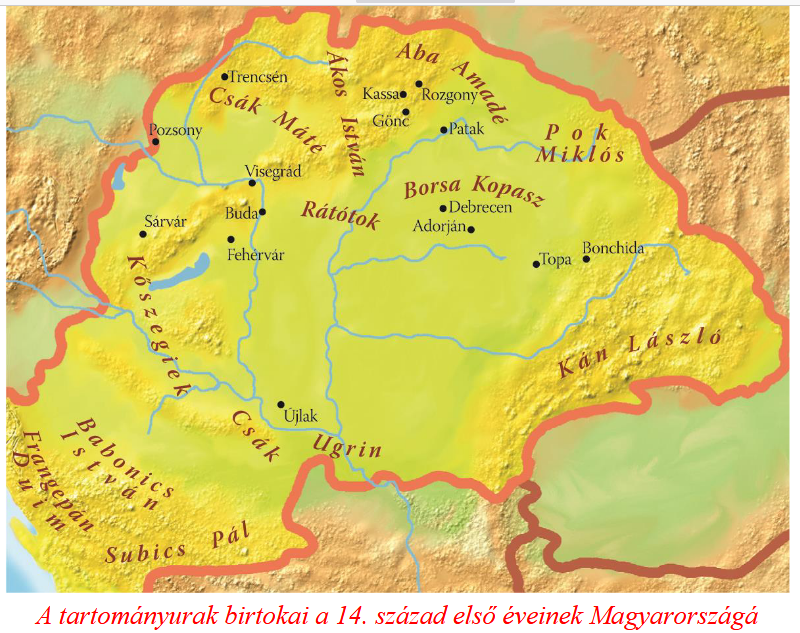
In addition to the three provincial lords, rising families such as the Abák, Borsa Kopasz, István Ákos, Gutkeled Joakim, István Babonics, Frangepán Duim, Miklós Pok and Pál Subics come face to face with King Róbert Károly, who strengthened his power, and with whom a new era in Hungarian history began.
Author: Ferenc Bánhegyi
The parts of the series published so far can be read here: 1., 2., 3., 4., 5., 6., 7., 8., 9., 10., 11., 12., 13., 14., 15., 16., 17., 18., 19., 20., 21., 22.


